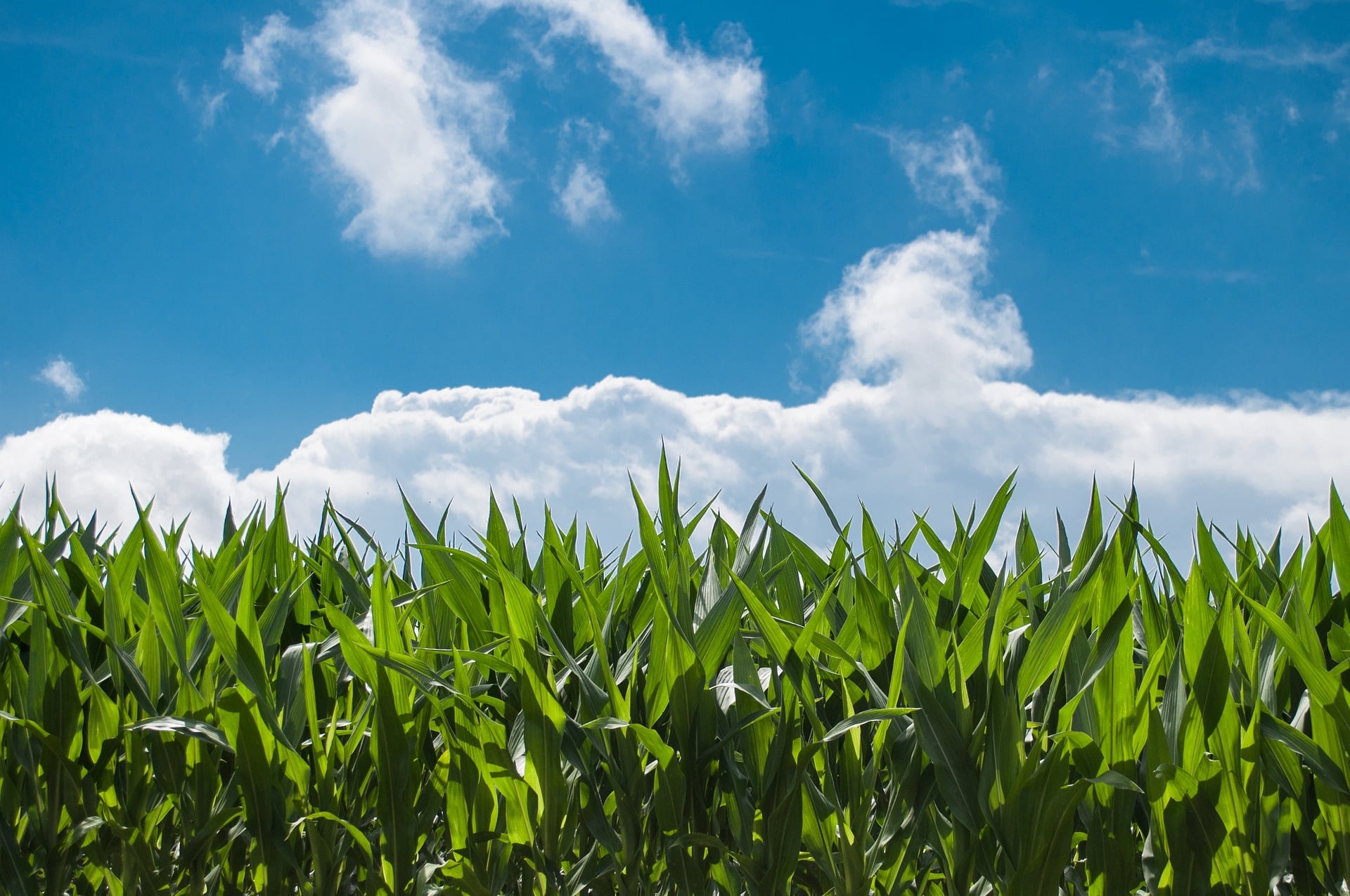Texas A&M AgriLife researchers combined corn breeding and entomology expertise with traits from native and wild plants to tackle various corn production issues in the U.S.
The USDA’s National Institute of Food and Agriculture (NIFA) Crop Protection and Pest Management Competitive Grants Program will fund the two-year project. The project will focus on addressing current challenges including increased pest resistance, reduced efficacy of Bt technology, exposure to caterpillar pests and preharvest mycotoxin contamination.
Texas A&M AgriLife Research scientists Megha Parajulee and Wenwei Xu will lead the project entitled “Utilizing Native Resistance from Wild Relatives for Integrated Insects and Disease Management in Sustainable Corn Production.” Parajulee and Xu will analyze disease management and the “expression, stability and value of native resistance for integrated insect management,” according to a release. The project will also incorporate the growth of economic profitability models that include a cropping systems approach.
Corn’s Wild Relative: Tripsacum
The study builds on Xu’s extensive research in crossing corn with Tripsacum, its wild relative, that offers native insect and disease resistance. The new project will allow the team to select for drought and heat stress tolerance, high yield and firm adaptation to Texas and southern states.
The team will also advance selecting for resistance to “preharvest mycotoxins such as aflatoxin and fumonisin contamination” and “devastating insects such as fall armyworm,” according to the release.
Xu has evolved a group of inbred lines by cross breeding corn and Tripsacum, with the help of funds from the Texas Corn Producers Board, the High Plains Underground Water Conservation District, the National Corn Growers Association Aflatoxin Mitigation Center of Excellence and additional funding agencies.
Tripsacum’s genes are broadening the genetic basis for present U.S. corn production. The genes add native resistance to disease and insects, which would otherwise be nonexistent in the cultivated corn germplasm pool.
“We’ve evaluated these lines under heavy natural fall armyworm infestation pressure in Lubbock and Puerto Rico,” said Xu, professor in the Department of Soil and Crop Sciences. “Our results show that several of the hundreds of evaluated Tripsacum-derived lines are highly resistant to fall armyworm and can produce high-yielding hybrids.”
The native resistance has the potential to enhance the effectiveness of pest control from transgenic Bt genes, extending the lifespan of Bt technology, according to Parajulee, professor in the Department of Entomology.
The Future of the Study
Throughout the duration of the study, researchers will “characterize the expression of native resistance from Tripsacum against fall armyworm and quantify if the native resistance to insects can lower mycotoxin accumulation in grains,” added the release.
Researchers will discover the additive value native resistance offers, as well as commercial Bt traits, among a range of production conditions. The team will also create production optimization models that enhance net returns resulting from fall armyworm and aflatoxin-fumonisin management. This could empower producers to take advantage of input resources to reach sustainable corn production, Parajulee believes.
Read More:
Texas A&M AgriLife Rebuilds Following Tornado Devastation
Texas A&M AgriLife Researchers Make Breakthrough in Fighting Agricultural Plant Diseases
A Strong Defense Strategy is Crucial for Corn Growers to Manage Pests










